Jake Gutierrez
Interactive Evolution and Exploration Within Latent Level-Design Space of Generative Adversarial Networks
Mar 31, 2020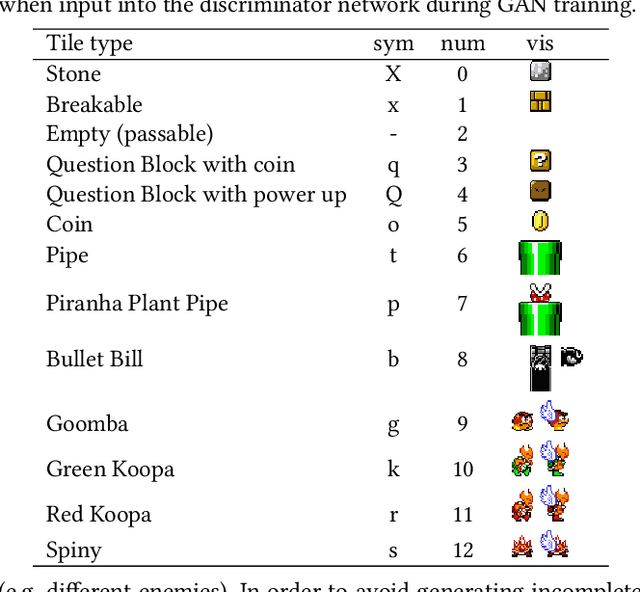
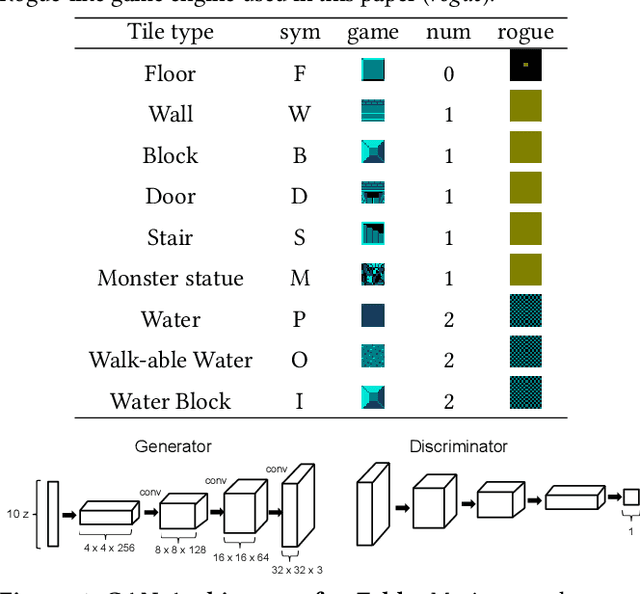

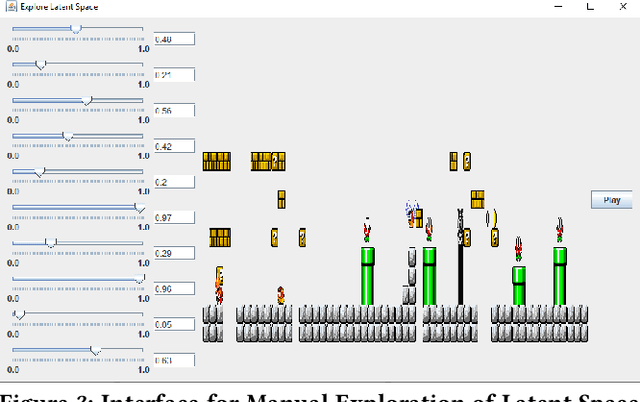
Abstract:Generative Adversarial Networks (GANs) are an emerging form of indirect encoding. The GAN is trained to induce a latent space on training data, and a real-valued evolutionary algorithm can search that latent space. Such Latent Variable Evolution (LVE) has recently been applied to game levels. However, it is hard for objective scores to capture level features that are appealing to players. Therefore, this paper introduces a tool for interactive LVE of tile-based levels for games. The tool also allows for direct exploration of the latent dimensions, and allows users to play discovered levels. The tool works for a variety of GAN models trained for both Super Mario Bros. and The Legend of Zelda, and is easily generalizable to other games. A user study shows that both the evolution and latent space exploration features are appreciated, with a slight preference for direct exploration, but combining these features allows users to discover even better levels. User feedback also indicates how this system could eventually grow into a commercial design tool, with the addition of a few enhancements.
Generative Adversarial Network Rooms in Generative Graph Grammar Dungeons for The Legend of Zelda
Jan 14, 2020

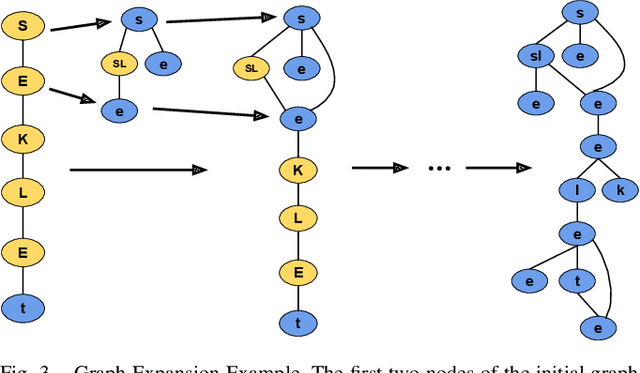
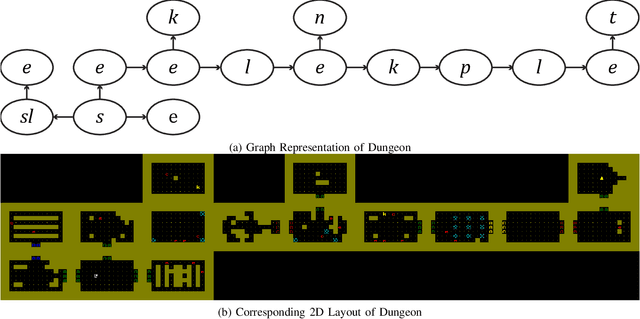
Abstract:Generative Adversarial Networks (GANs) have demonstrated their ability to learn patterns in data and produce new exemplars similar to, but different from, their training set in several domains, including video games. However, GANs have a fixed output size, so creating levels of arbitrary size for a dungeon crawling game is difficult. GANs also have trouble encoding semantic requirements that make levels interesting and playable. This paper combines a GAN approach to generating individual rooms with a graph grammar approach to combining rooms into a dungeon. The GAN captures design principles of individual rooms, but the graph grammar organizes rooms into a global layout with a sequence of obstacles determined by a designer. Room data from The Legend of Zelda is used to train the GAN. This approach is validated by a user study, showing that GAN dungeons are as enjoyable to play as a level from the original game, and levels generated with a graph grammar alone. However, GAN dungeons have rooms considered more complex, and plain graph grammar's dungeons are considered least complex and challenging. Only the GAN approach creates an extensive supply of both layouts and rooms, where rooms span across the spectrum of those seen in the training set to new creations merging design principles from multiple rooms.
 Add to Chrome
Add to Chrome Add to Firefox
Add to Firefox Add to Edge
Add to Edge